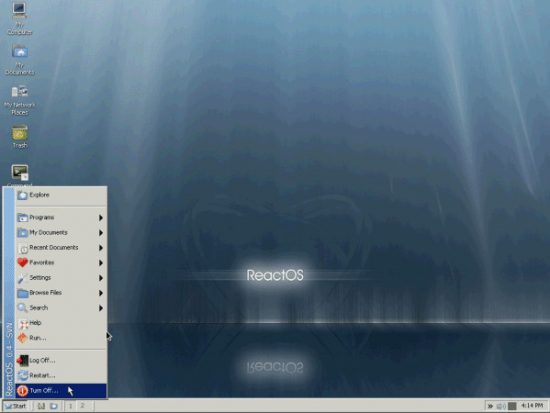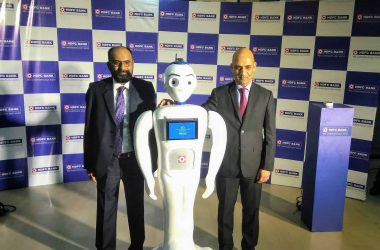For over one and a half decades of rigorous efforts to replicate Microsoft Windows, ReactOS Foundation is yet miles away from achieving its main goal – “To provide an operating system which is binary compatible with Windows”.
ReactOS is an initiative to create an open source operating system which allows the users to run the same application software and device drivers made for Windows NT 5.0 and up. Currently it aims to replicate Windows XP and Windows Server 2003. But as time goes by, every release of Windows is putting it another a few miles ahead of ReactOS. With Microsoft all set to release Windows 9 on the upcoming October, the question arises that – “Will a fully compatible open source Windows clone ever really happen?”
- Need for an open source Windows Replacement
Even though Linux software catalog is getting larger day by day, sometimes using Windows applications become unavoidable. While many users find it difficult to run Windows because of the overpriced license, there are many others who choose not to run it because of an anti-piracy system that inconveniences legitimately licensed users and does almost nothing to stop people from pirating it. A free open source operating system with all the features of Windows and added flexibility can be extremely tasteful here. If ReactOS can combine the power of open-source and the vast number of driver and application software available to Windows users into one operating system, it can strike directly at the heart of the corporate OS world.
- The Challenges of Development
The biggest challenge ReactOS developers are facing is the implementation of the cross-compatible kernel. Writing a completely new kernel is much easier than to mimic an existing kernel and provide cross-compatibility. The only solution was to reverse engineer Windows kernel, but that included the risk of ending up with breaching copyright laws. Recently, the team focused more on further developing Wine, a translation layer capable of running Windows applications on Linux, and synchronizing Wine code from time to time rather than revere engineering an already established tech. But that does not solve the problem completely as Wine is just a compatibility layer and the platform underneath is Unix. Also still there are bugs in the Graphical User Interface (GUI) which are tormenting the OS, though developers are trying hard to improvise the GUI.
Another big issue in the development of ReactOS is the manpower problem. Building a successful operating system requires a large number of skilled developers. It gets further challenging without Linux’s corporate resources, which is why they are repeatedly not being able to make the cut before the release of a new Microsoft Windows with new functionality.
Besides all the day-to-day development challenges, another un-answerable question at the moment is who the target users would be. Windows still dominates the enterprise sector in desktop and productivity. It is because stakeholders have belief that systems backed by giant companies, be it Microsoft, IBM etc., have less risk. It is highly unlikely that they would try to take advantage of the open source ReactOS leaving the customer support service they enjoy from Microsoft. However, for the home users, it can be the replacement they were waiting for, as Windows is not the best and Linux is not for everyone. But if the whole point of not using Windows is – not to use Windows, then certainly ReactOS is not the solution.
Conclusion:
Keeping an eye on the odds, it would be safe to conclude that there is almost little chance for ReactOS to replicate windows in the near future, though it could be a solution for the Free and Open Source Software (FOSS) user crowd. However, if the huge undertaking ReactOS team has decided to purse is applauded and the Linux community extends their help, may be in the foreseeable future, we will be able to use ReactOS as a primary operating system that will work with all hardware and software seamlessly, leaving Windows as a memory.
Source: reactos.org








